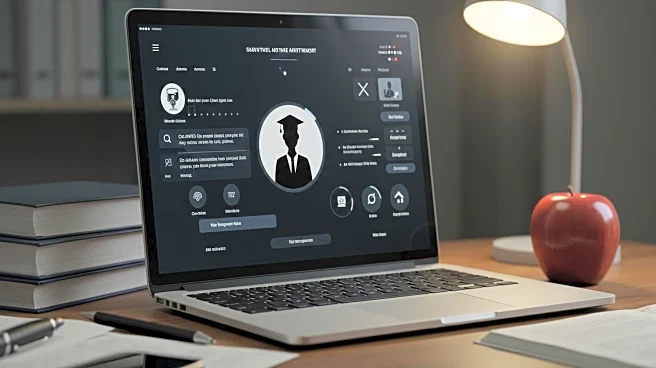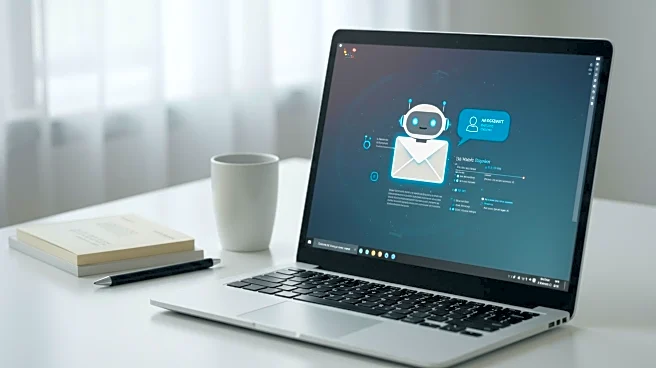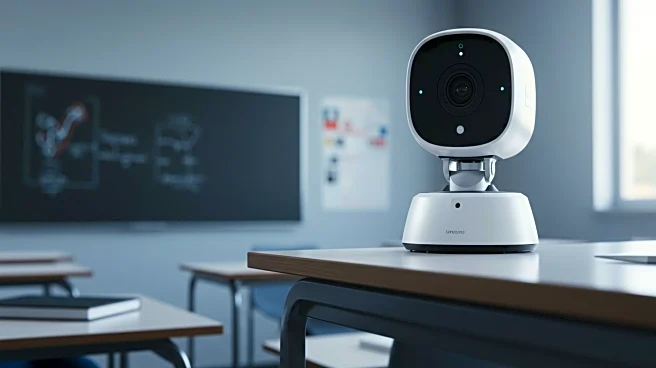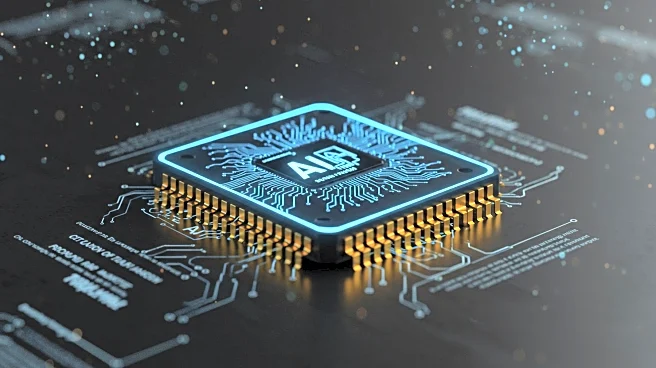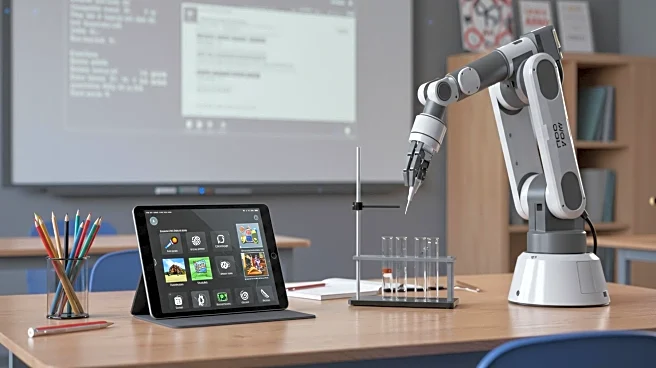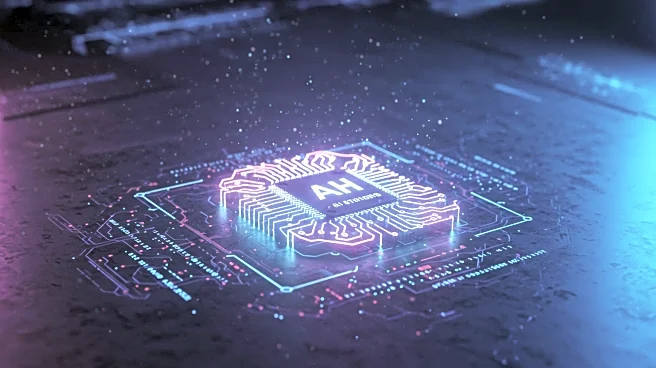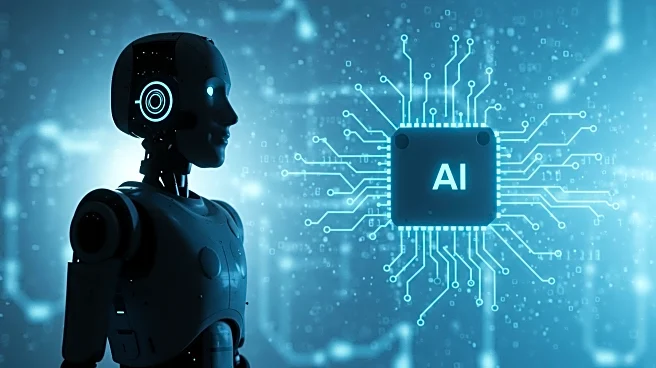What's Happening?
Artificial intelligence is increasingly becoming a part of academic life, offering tools that can assist students in communicating effectively with their professors. AI chatbots like ChatGPT and Claude AI provide students with insights on how to approach professors with empathy and honesty, particularly when discussing grades or seeking leniency. These tools can simulate the professor's perspective, helping students craft well-considered emails that avoid entitlement and grade-grubbing. The use of AI in this context aims to enhance communication skills and foster a respectful academic environment.
Why It's Important?
The integration of AI in academic communication is significant as it addresses the growing need for effective online interactions between students and educators. By providing students with tools to refine their communication, AI can help reduce misunderstandings and improve the quality of student-professor relationships. This development is crucial in an era where digital communication is prevalent, and the ability to convey messages clearly and respectfully can impact academic success. Moreover, it highlights the potential of AI to support educational processes and enhance learning outcomes.
What's Next?
As AI tools become more sophisticated, their role in academia is likely to expand. Future developments may include more personalized AI assistants that can offer tailored advice based on individual student needs and academic contexts. Educational institutions might also consider integrating AI communication tools into their curricula to teach students effective digital communication strategies. Stakeholders such as educators and policymakers will need to address ethical considerations and ensure that AI tools are used responsibly to support, rather than replace, human interaction.
Beyond the Headlines
The use of AI in academic communication raises ethical questions about dependency on technology and the potential for AI to influence student behavior. It also prompts discussions on the balance between technological assistance and personal effort in academic settings. Long-term, this trend could lead to shifts in how communication skills are taught and valued in education, emphasizing the importance of digital literacy alongside traditional academic competencies.


